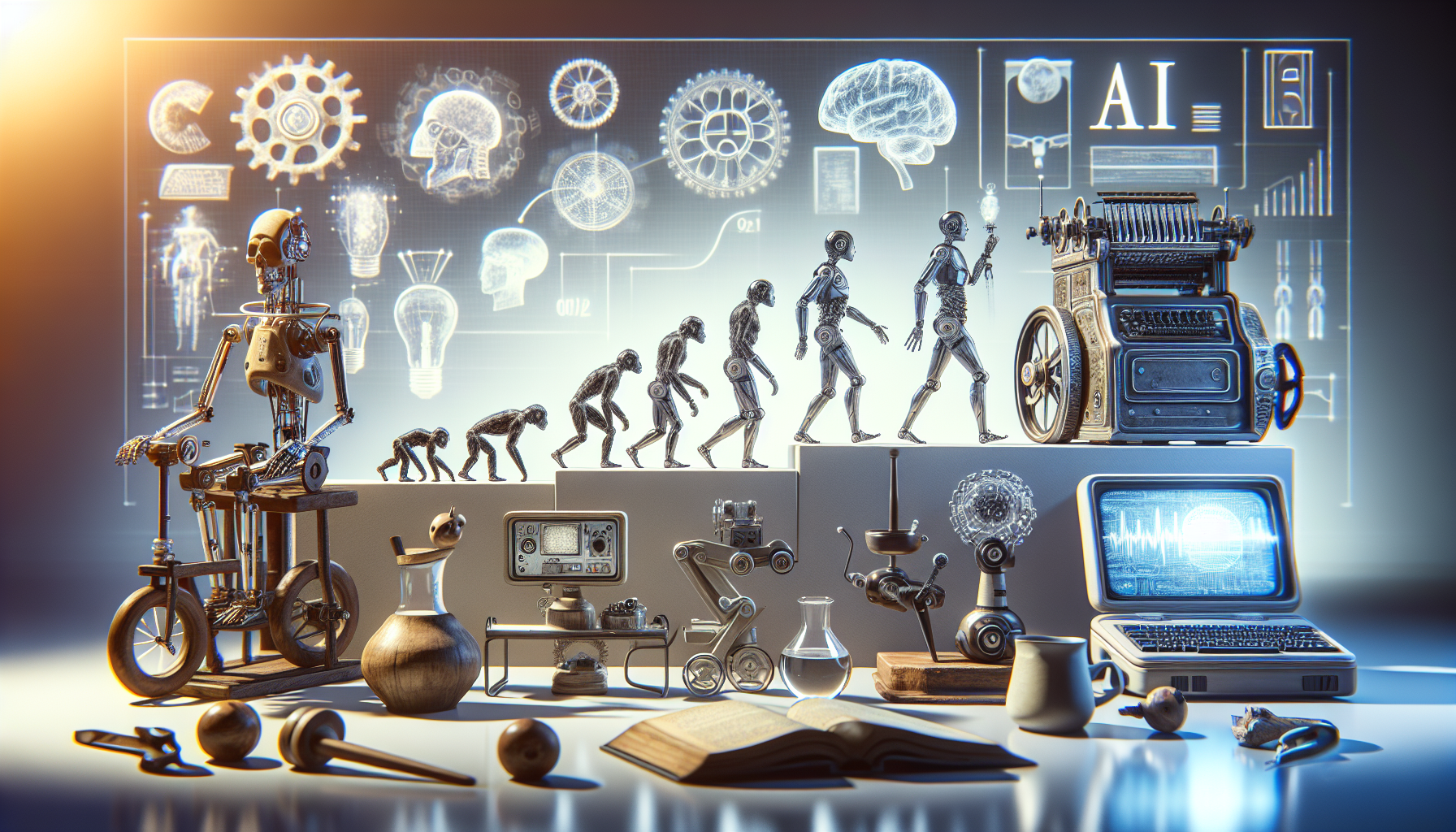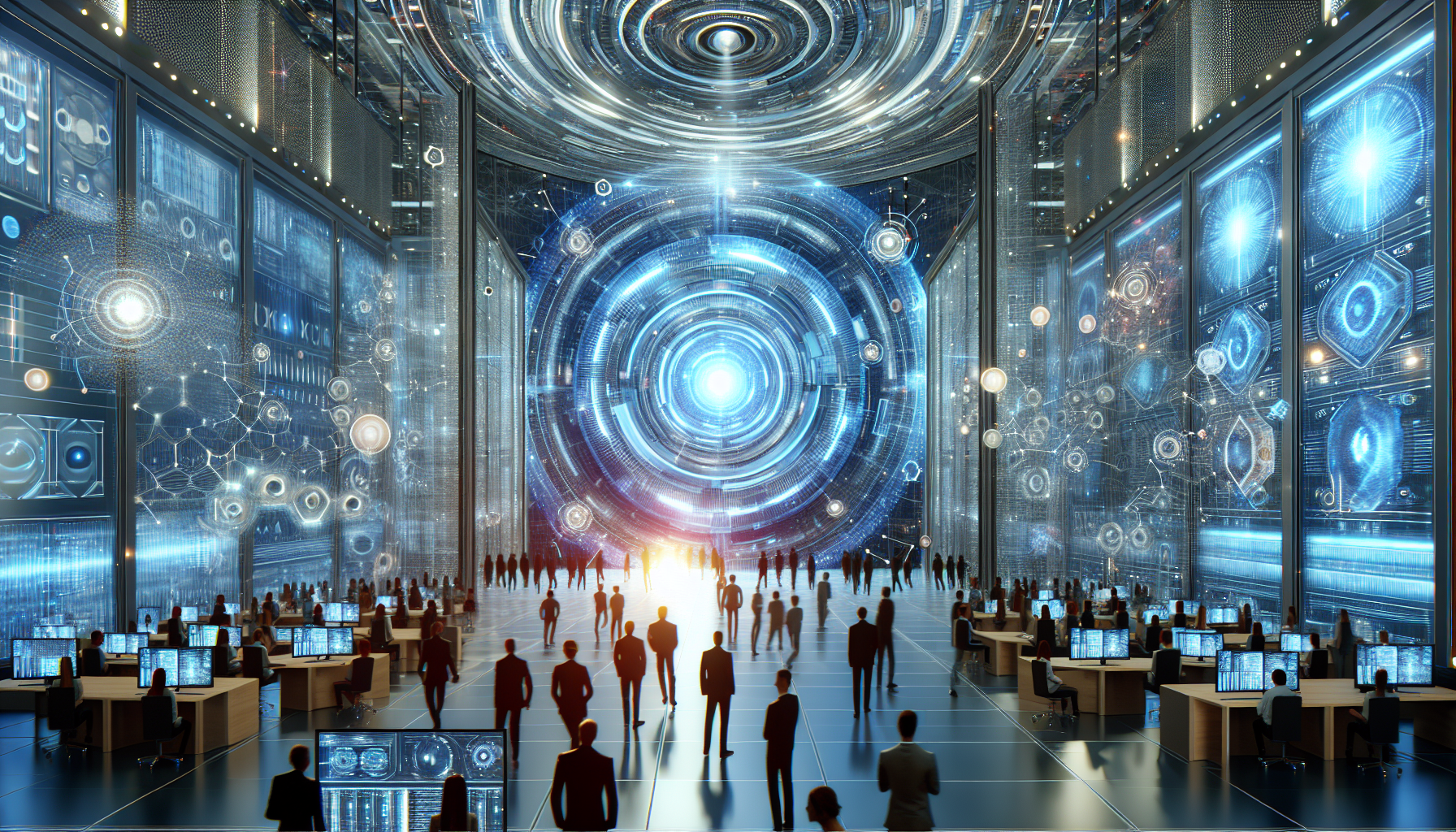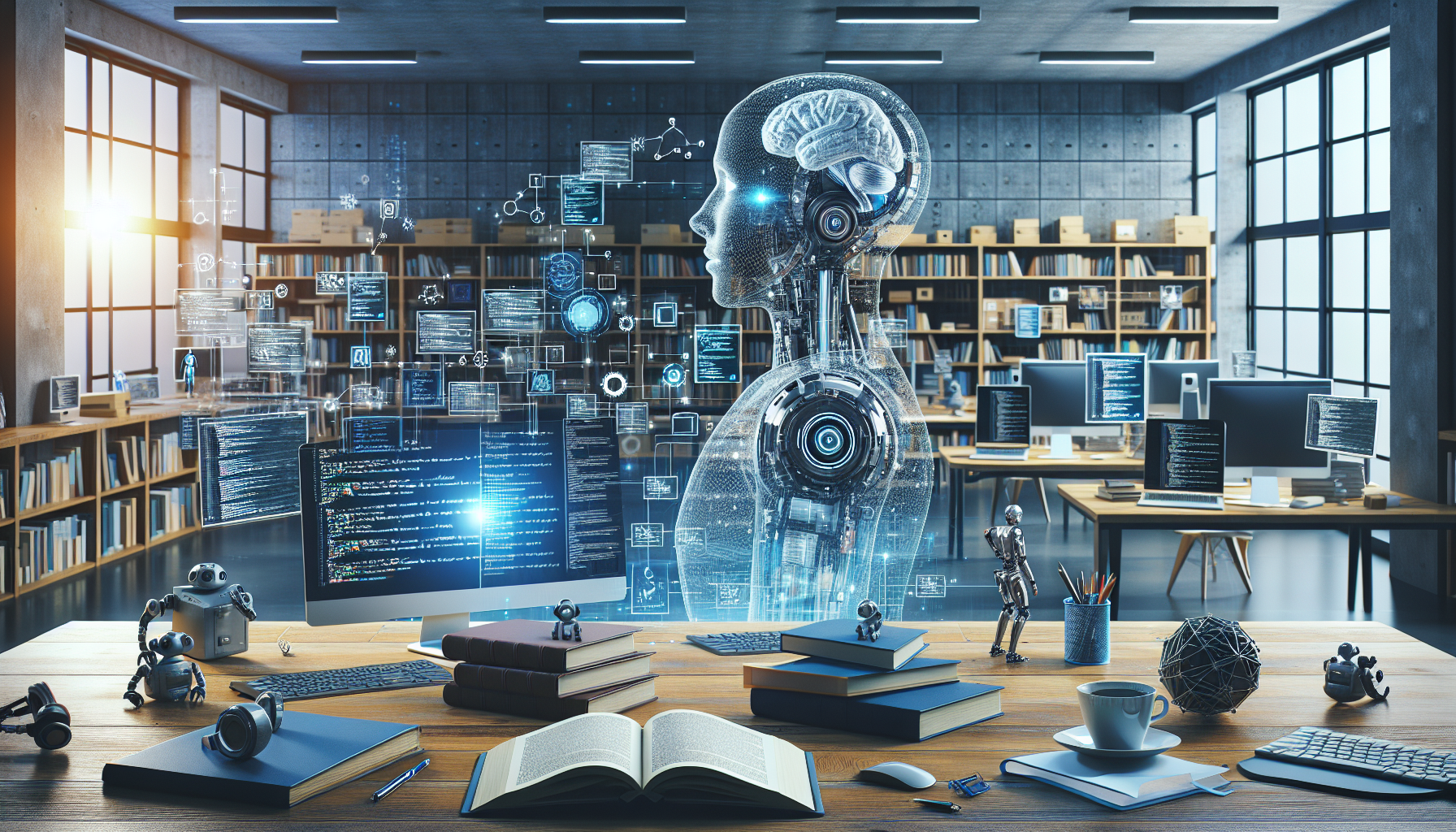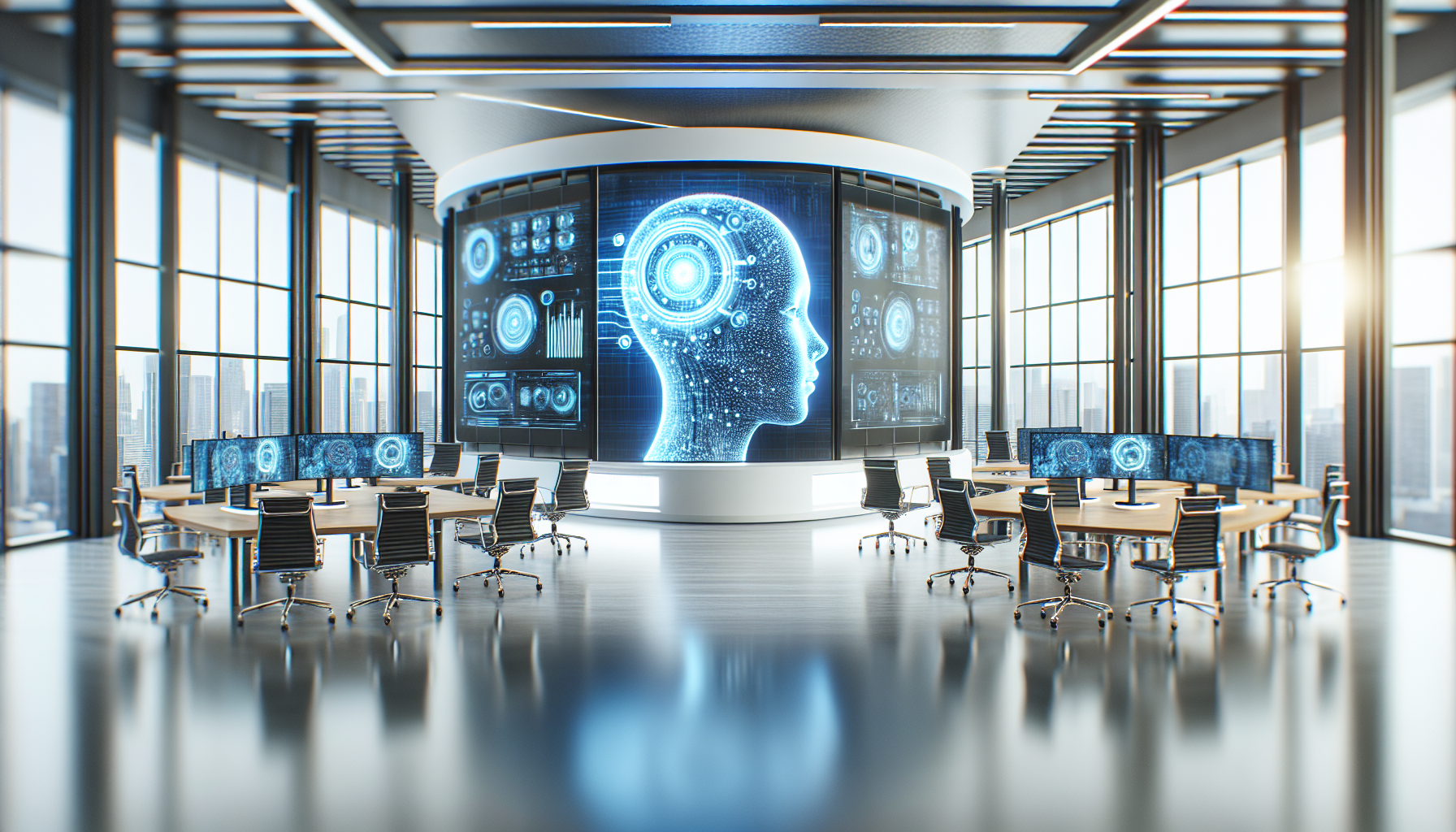
The Economic Impact of Artificial Intelligence: A Historical Perspective on Growth and Displacement
August 9, 2025
Artificial Intelligence (AI) has not merely arrived; it has woven itself into the very fabric of our economic systems, driving growth and simultaneously displacing traditional roles. Understanding AI's economic impact requires a journey through history—a look at how transformative technologies have previously altered industries and societies.
In the annals of economic history, the Industrial Revolution stands as a monumental pivot point, signaling the birth of mechanized labor. Much like AI today, the steam engine and mechanized looms were met with both enthusiasm and apprehension. They symbolized progress but also threatened the livelihoods of skilled artisans. Fast forward to the information age, and we find ourselves at a similar juncture. AI, with its capacity to automate complex tasks, is reshaping economies at a breakneck pace, promising efficiency but also unsettling traditional employment paradigms.
AI technologies are not just tools but catalysts for economic expansion. By automating routine tasks, companies are reallocating resources towards innovation and strategic development. This shift is fueling unprecedented growth in sectors like healthcare, where AI-driven diagnostics are improving patient outcomes, and in finance, where algorithmic trading optimizes investment strategies. The ripple effect extends to logistics and manufacturing, where AI optimizes supply chains and reduces waste. Such efficiencies are not merely incremental but exponential, boosting productivity to levels once thought unreachable.
Yet, the narrative of progress is not exclusively one of growth. Historical precedents remind us that technological advancements invariably lead to displacement. Textile workers of the past, faced with mechanized looms, had to adapt or face obsolescence. Similarly, modern workers in sectors vulnerable to automation must navigate an uncertain terrain. The labor market is witnessing a seismic shift, with demand surging for skills in AI development, data analysis, and cybersecurity, often leaving those in more traditional roles scrambling to upskill or retrain.
The quintessential question then becomes: How do societies balance this dual-edged sword of growth and displacement? Lessons from history suggest that adaptation and education are paramount. Just as the Industrial Revolution spurred the development of public education to equip the workforce with new skills, today's AI revolution demands an educational overhaul. Investment in STEM (Science, Technology, Engineering, and Mathematics) education is crucial, but so too is fostering creativity and critical thinking—skills that AI cannot replicate.
Moreover, the historical lens reveals another critical aspect: societal resilience. Communities that thrived amidst technological upheaval were those that fostered resilience, adaptability, and inclusivity. Policymakers today are tasked with similar challenges, needing to craft policies that not only encourage innovation but also ensure equitable access to the opportunities AI presents. This includes supporting small and medium enterprises in adopting AI technologies and providing safety nets for those displaced.
AI's potential to generate wealth is immense, yet without careful stewardship, it risks exacerbating inequality. The economic chasm between those who can harness AI's power and those left behind could widen, echoing past disparities seen during major technological shifts. The challenge lies in ensuring that AI's economic benefits are broadly shared, creating a more balanced and just society.
Reflecting on AI's economic impact through a historical lens compels us to ask: How will future generations judge our response to this era of transformation? Will they see a society that embraced change with foresight and compassion, or will they lament missed opportunities for inclusive growth? The answers lie not in the technology itself but in our collective choices. As we stand on the precipice of an AI-driven future, these considerations are not just academic—they are imperative for shaping a world where growth and opportunity go hand in hand.


